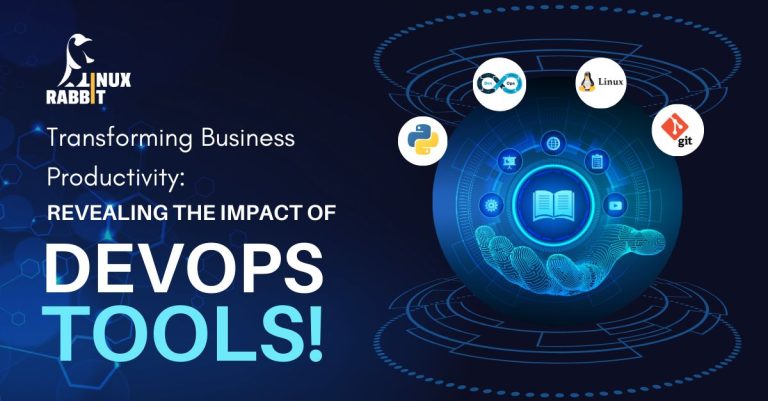Demystifying Containerization: GNU Linux-based Operating System’s Vital Function
Containerization, a relatively new technology, is improving app deployment and management. In a way, Linux makes this possible through Linux, the critical player in containerization technology. Let’s delve into the core components of this ecosystem: space containers, tools for management performance, and the code that works like bombers.
1. Namespaces: The Linchpin of Isolation
- The word isolation becomes synonymous with loneliness for many total solar eclipse watchers.
- Namespaces in Linux are a fundamental element. Containers have been isolated, and access to resources like pid and networking has been restricted. Temporary use of these containers means secure and independent working operation.
- Having separate networks namespaces by commands such as `sudo ip netns add example_ns`, allows containers to have isolated and secure network zones, which indirectly eliminates communication within containers.
2. Managing Resources with Control Groups (cgroups)
- Resorting to the cgroups after namespaces, cgroups regulate resource usage, keeping an individual container from exceeding the assigned limits at the end while ensuring even resource allocation.
- The commands such as cgcreate and cgset help implementing features such as resources limit, and for instance defining memory constraints (`sudo cgset -r memory.limit_in_bytes=256M example_group`); therefore, this approach hampers performance issues.
3. Enhancing Security with SELinux
- Adding the SELinux element to the setup makes it more secure by enforcing access controls and blocking communication between containers and the host system’s picture, thus maintaining security.
- Technologies `sestatus` and `setenforce` permit to administrate SELinux parameters. Employing such technologies can bolster the security of executed tasks.
- Thus, creating a customized SELinux policy, i.e. `sudo grep my_container_t /var/log/audit/audit.log | audit2allow -M my_container_policy`, can help to have more control actions as opposed to having limitations. This is an enhancement in security without infringing on the system’s integrity.
4. The Container Journey: From Isolation to Operation
- The journey from creating to running a container relies on Linux’s namespaces, cgroups, and SELinux to ensure isolated execution environments, efficient resource management, and robust security.
- Despite sharing the host kernel, containers operate as if they were on their own independent systems, thanks to Linux’s integrated approach.
- For instance, a container running a web server can be isolated from other containers using namespaces, managed for resource usage using cgroups, and secured using SELinux policies, ensuring smooth operation without affecting other services.
Conclusion:
Container technology, deeply rooted in Linux’s namespaces, cgroups, and SELinux, offers a glimpse into the mechanisms driving its effectiveness. Developers and system administrators can deploy scalable, efficient, and secure applications across diverse environments by understanding and leveraging these foundational concepts. As the digital landscape evolves, the principles of isolation, resource management, and security remain vital to the success and innovation of container technology.



